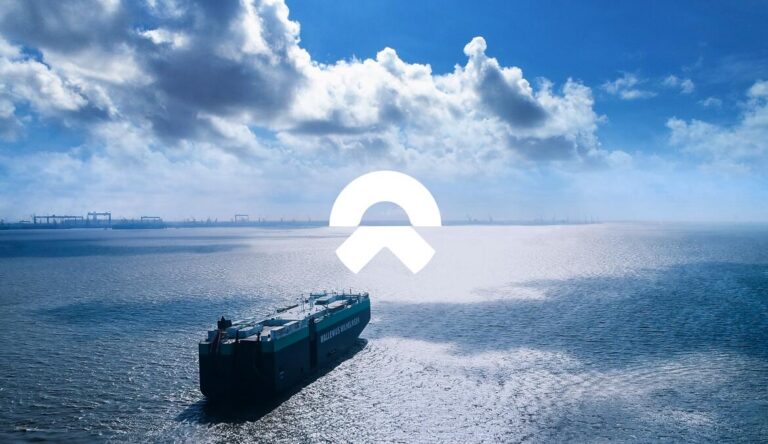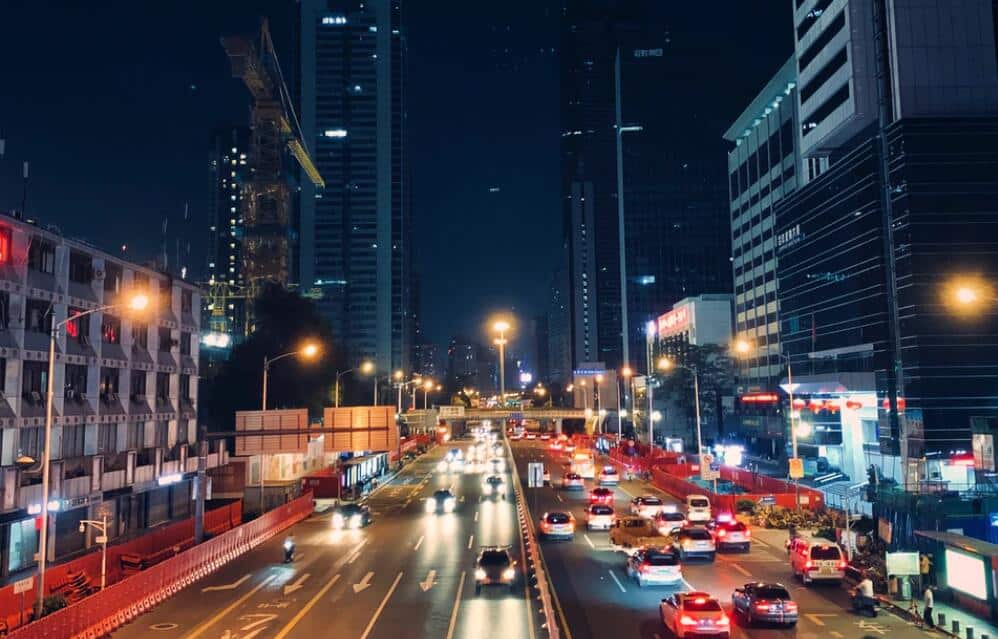The southern Chinese megalopolis of Shenzhen has the largest number of new energy vehicles in China for the sixth consecutive year, with 480,000 vehicles, or about 14 percent of the city's motor vehicle fleet, by the end of 2020, the local Shenzhen Special Zone Daily reported Tuesday.
That also makes the city the one with the highest number of new energy vehicle registrations in the world. The city has 86,000 new energy logistics vehicles and is the city with the largest scale of new energy logistics vehicle applications in the world, according to the report.
By the end of 2020, the city had about 21,000 new energy cruising cabs and about 63,000 new energy ride-hailing vehicles, achieving full electrification.
The city has 4,300 pure electric heavy-duty trucks in operation, reinforcing Shenzhen's position as the world's No. 1 city for commercial use of heavy-duty trucks, according to the report.
By the end of 2020, the city's private purchases of new energy small cars accumulated more than 250,000 units, and buying new energy vehicles has become a new fashion for the public to buy cars, the report said.
In 2009, Shenzhen began promoting pure electric vehicles. By 2010, the city gradually introduced pure electric cruising cabs, and in 2015, the city introduced pure electric logistics vehicles.
In 2016, the city established a public service platform for monitoring new energy logistics vehicles. In 2017, the city realized the electrification of public transportation, making it the largest and most widely used city in the world for purely electric buses.
In 2018, the city's cruising cabs were fully electrified, making it the only city in China to achieve pure electrification of cruising cabs and the largest number of purely electric cruising vehicles in operation in the world.
In 2019, the city's 4,300 purely electric heavy-duty trucks will be the first to go into operation, making it the largest city in the world to operate electric heavy-duty trucks. 2020 will see the full electrification of Shenzhen's ride-hailing and sanitation vehicles.
(Photo source: Unsplash)


